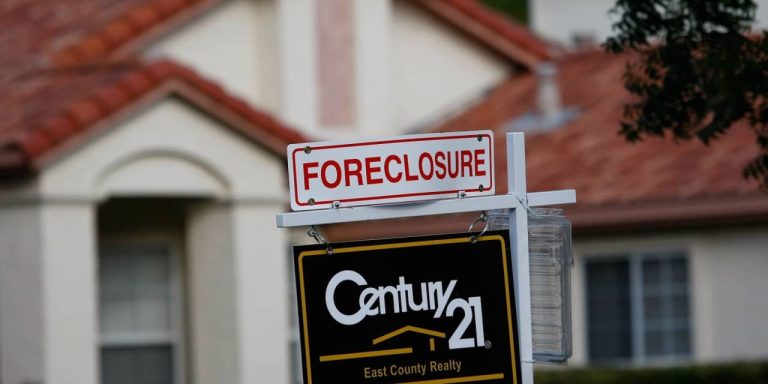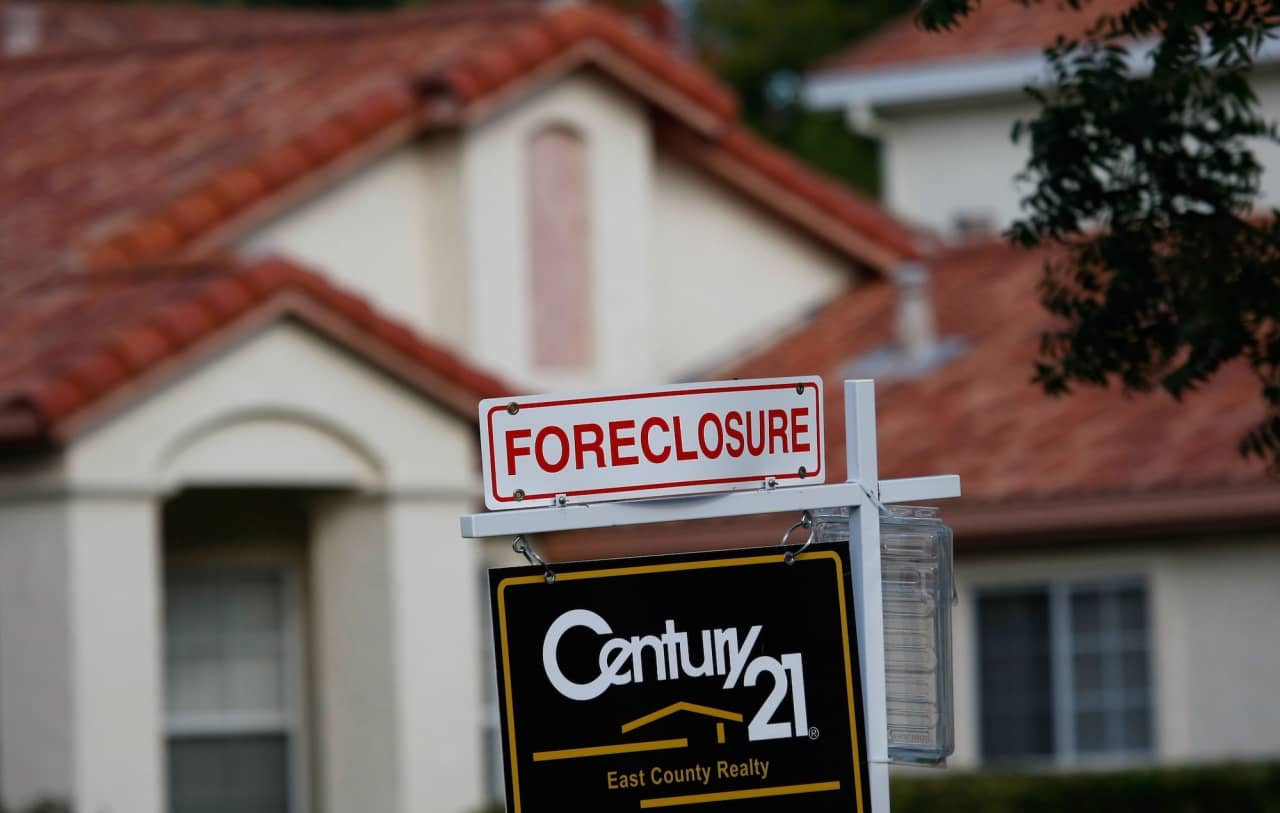Mortgage foreclosures rose in January, indicating distress among some homeowners, according to a new report.
The report issued by Atom, an analytics company specializing in real estate data, indicated that the number of US properties with foreclosure filings rose to 33,270 in January, an increase of 5% from last year. Foreclosure filings in January were also up 10% from December.
“We have observed an uptick in foreclosure filings, which may be attributable in part to the usual post-holiday progress of foreclosure filings through the legal system,” Rob Barber, CEO of Atom, said in a statement. “However, other external factors may play a role such as rising interest rates, inflation, employment shifts and other market dynamics.”
Foreclosure filings include notices of default, which is public notice that a homeowner is now in default on their mortgage because they have missed too many payments. Filings can also include notices of scheduled auction, meaning the foreclosed home will be sold at public auction, and notices of bank repossession, meaning the bank has taken ownership of the property.
Foreclosures rose as the real estate bubble burst in the run-up to the 2008 financial crisis, and the number of homes with at least one foreclosure filing rose from 717,522 in 2006 (0.6% of all housing units) to 2,330,483 in 2008. 1.8 % of total housing units), according to the Pew Research Center.
But the “marked increase” in foreclosure activity during January, Atom said, was not worrisome, one economist told MarketWatch.
The rise in foreclosure activity comes as rising mortgage rates and home prices have pushed up the cost of homeownership in the past two years. The median price was $379,100 as of January. The average monthly mortgage payment was about $2,600, based on current rates, according to Redfin.
“Some homeowners will likely feel the pressure of their mortgage payment as their excess savings dries up due to the pandemic, rising rates eat up more of the monthly budget and student loan payments resume,” Mark Fleming, chief economist at First America, told MarketWatch. Delinquency rates for credit cards and car loans also reached their highest levels in more than a decade.
“But foreclosures are still few and far between (less than 0.5 percent of all mortgages) because homeowners also have record amounts of home equity,” he added.
“The pressure to pay the mortgage is necessary, but not sufficient” for people to end up in foreclosure, unless they lack equity in their homes, Fleming said.
Where mortgage foreclosures rose
Atom noted that lenders repossessed nearly 4,000 properties through completed foreclosures in January, which is 13% more than last month. This is the first monthly increase in completed foreclosures since July 2023, the company noted.
States that saw the largest jump in repossession included Michigan, where the rate rose 200%; Minnesota, up 47%; and California by 43%.
Among 224 metro areas with populations of at least 200,000, repossessions in January were highest in Detroit, Chicago and New York City.
The highest foreclosure rates in January were in Delaware, where one in every 2,269 housing units had a foreclosure filing, followed by Nevada and Indiana.
Lenders also began the foreclosure process on 21,770 properties in January, representing a 6% increase from the previous month.
Among metropolitan areas with populations greater than 200,000, foreclosures were highest in New York City, Houston and Los Angeles. In New York, lenders have begun the foreclosure process on 1,470 properties.


